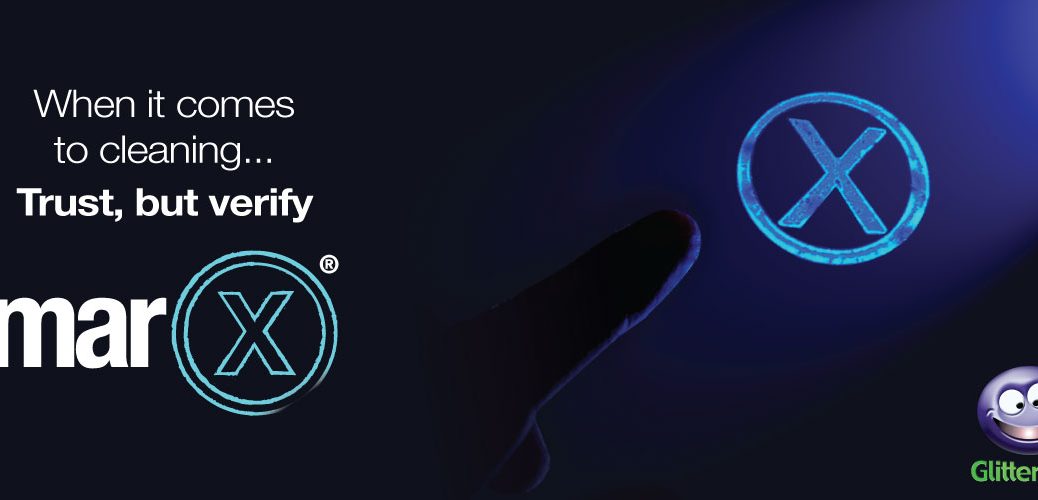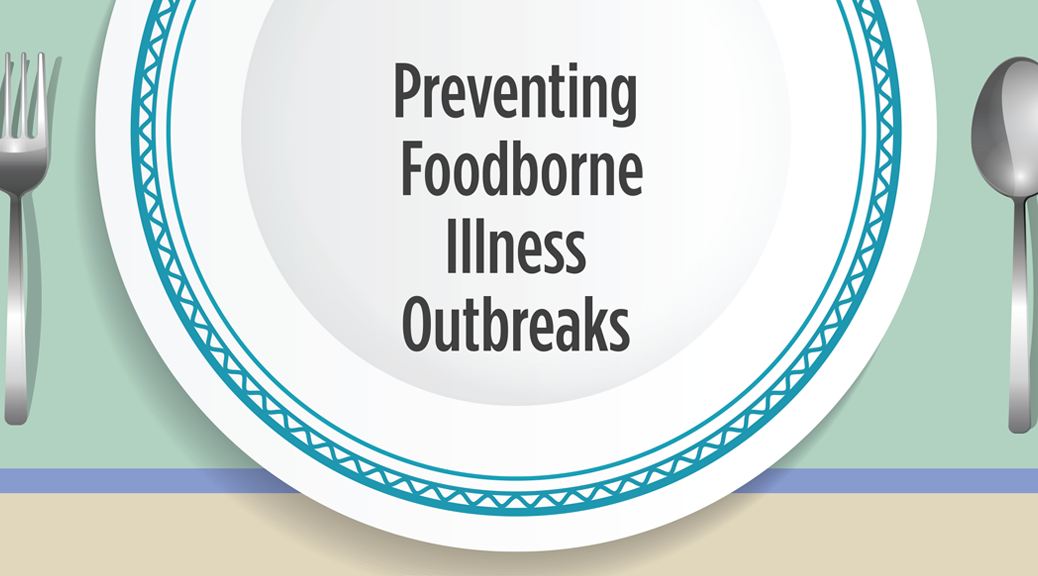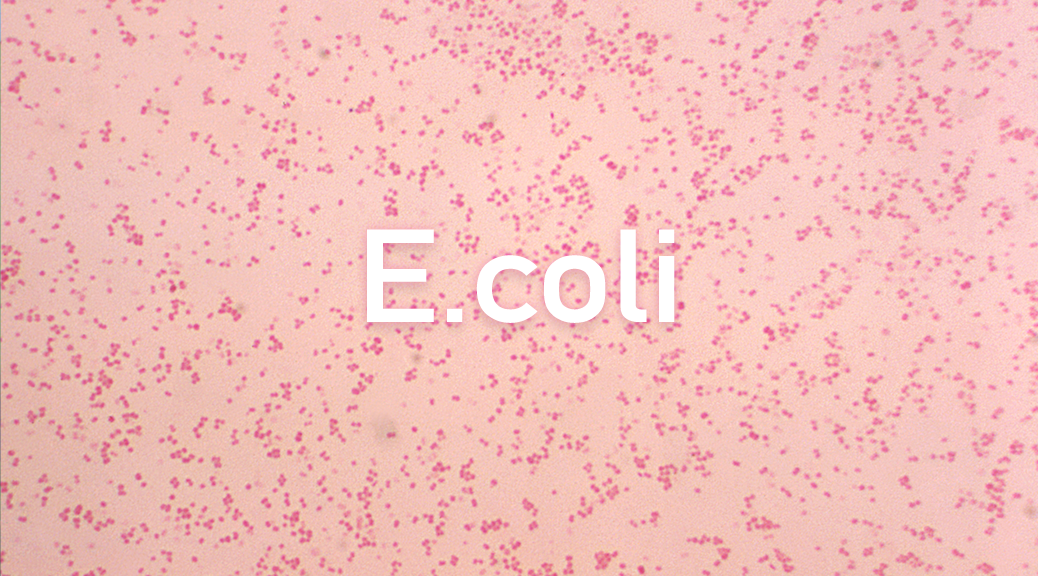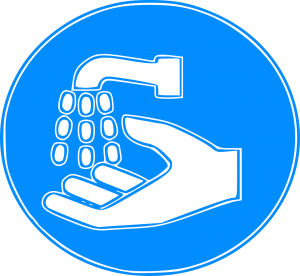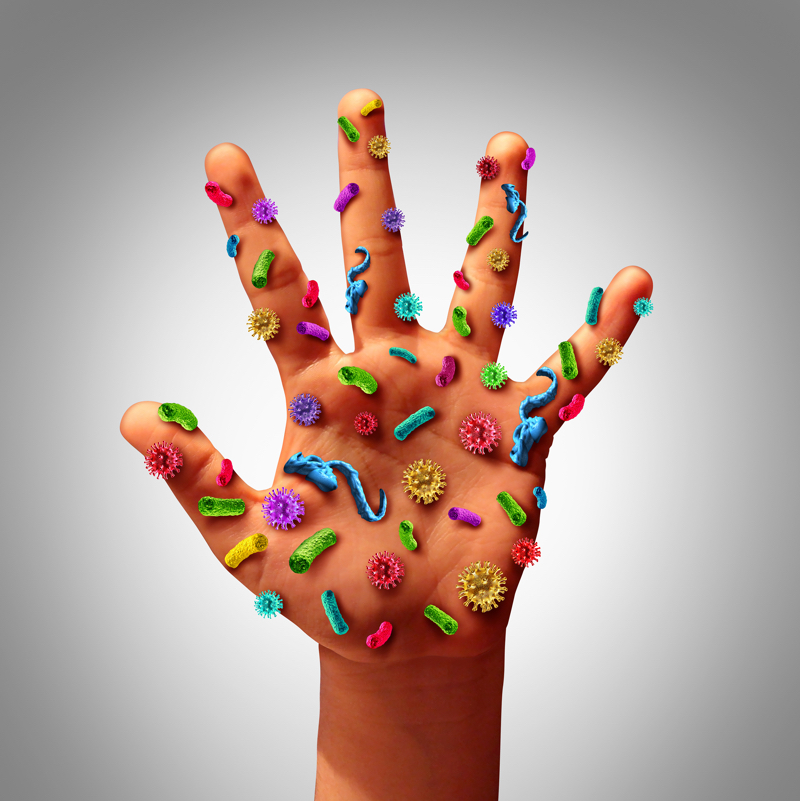Quality control in surface disinfection has always been a challenge. Jim Mann, a Brevis associate, sent us a nifty device to check for surface cleaning. It is called MarX and Brevis is now marketing it as the GlitterBug MarX.This is a stamp device that leaves an invisible circle X mark on stamped surfaces that can be visualized with UV light. It will be simple for quality control personnel to check whether surfaces have been cleaned by shining a UV source, such as the very popular GlitterBug GlowBar LED, on stamped surfaces. In this SARS-CoV-2 pandemic world, knowing that surfaces have been cleaned is more important than ever. And will be in the future when the next pandemic after Covid 19 rears its ugly head, as surely it will.
For decades Brevis has been a world leader in the teaching of hand hygiene with its GlitterBug UV product line and instructional videos. The GlitterBug MarX product is a great addition to this popular family. The MarX device is very portable – and pocketable – at about 1.0 by 2.5 inches (2.5 x 6.3 cm). It is probably capable of at least a thousand stampings if kept covered between uses.
Surface cleaning detection kit with invisible stamper and UVA lamp
Surface cleaning matters even more than ever. Use the MarX to mark surfaces with an invisible mark then use the SpotShooter8 Lamp to see if those marks were properly cleaned off. Easy method to Trust but Verify.
If only the Marx Brothers (Groucho, Harpo, Chico and Zeppo) had known about this, vaudeville may have taken a different turn back in the early 1900s. There is a story, which I can’t verify, that explains why Harpo never talks. Seems that the brothers were on tour and in one particular town, their act was not well received. So as they were walking out of town to get to the train station, Harpo turned around and said something like, “I hope your town burns down.” The next day when they looked at the newspaper, what do they see but an item about how that town had been mostly destroyed by a large fire. Of course, they had nothing to do with starting the fire, but Harpo’s curse was so prescient that the other brothers prevailed on Harpo not to talk any more. And he never did in their acts including when they got into movies. The story may be apocryphal but I like it anyway. If it didn’t happen, it should have.
Meanwhile, GlitterBug MarX has happened and is available now for your consideration and use. Check it out. You will be impressed with its simplicity and effectiveness.
Thank you,
Gordon Short, MD
Brevis Corporation

